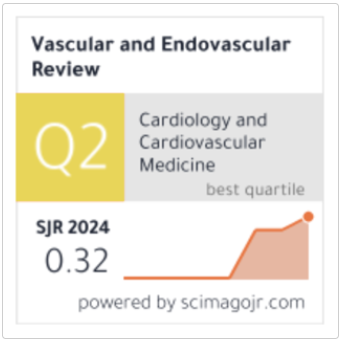Diagnostic Utility of Low-Dose Spiral HRCT in the Evaluation of Diffuse Lung Diseases: A Comprehensive Cross-Sectional Study from a Tertiary Care Centre in India
Keywords:
Open Cholecystostomy, Obstructive Jaundice, Biliary Drainage, Surgical Outcomes, Elderly PatientsAbstract
Background: Interstitial lung diseases (ILDs), also known as diffuse parenchymal lung diseases, represent a broad and diverse group of lung disorders marked by varying levels of inflammation and scarring of the lung tissue. While high-resolution computed tomography (HRCT) is still considered the gold standard for evaluating ILDs, growing concerns about repeated radiation exposure have encouraged the use of low-dose imaging protocols. This study focuses on assessing the diagnostic value of low-dose spiral HRCT in patients suspected of having diffuse lung disease.
Objective: To determine how effective low-dose spiral HRCT is in diagnosing diffuse lung diseases by measuring its sensitivity, specificity, predictive values, and overall diagnostic accuracy, using histopathological examination as the reference standard.
Methods: This prospective cross-sectional study was conducted at the Department of Radiology in a tertiary care teaching hospital in India between January 2022 and January 2025. A total of 200 patients with clinical suspicion of diffuse lung disease underwent low-dose spiral HRCT scans, followed by surgical lung biopsies for histopathological confirmation. Diagnostic performance measures were calculated using MedCalc statistical software, with histopathology serving as the gold standard.
Results: The average age of participants was 56.8 years, with the largest group being patients over 60 years old (29.5%). Men made up 64.5% of the study population. Histopathological findings showed idiopathic interstitial pneumonia as the most frequent pattern (32%), followed by idiopathic pulmonary fibrosis (24%), rheumatoid arthritis-associated ILD (18%), hypersensitivity pneumonitis (15%), and systemic sclerosis-related ILD (11%). Low-dose spiral HRCT demonstrated very high sensitivity (96.5%), moderate specificity (63.8%), a strong positive predictive value (90.8%), a good negative predictive value (82.4%), and an overall diagnostic accuracy of 89.5%.
Conclusion: Low-dose spiral HRCT shows excellent diagnostic performance for diffuse lung diseases. It provides high sensitivity and accuracy while significantly lowering radiation exposure, making it a valuable tool for both initial diagnosis and long-term follow-up of ILD patients, particularly in settings with limited healthcare resources.








